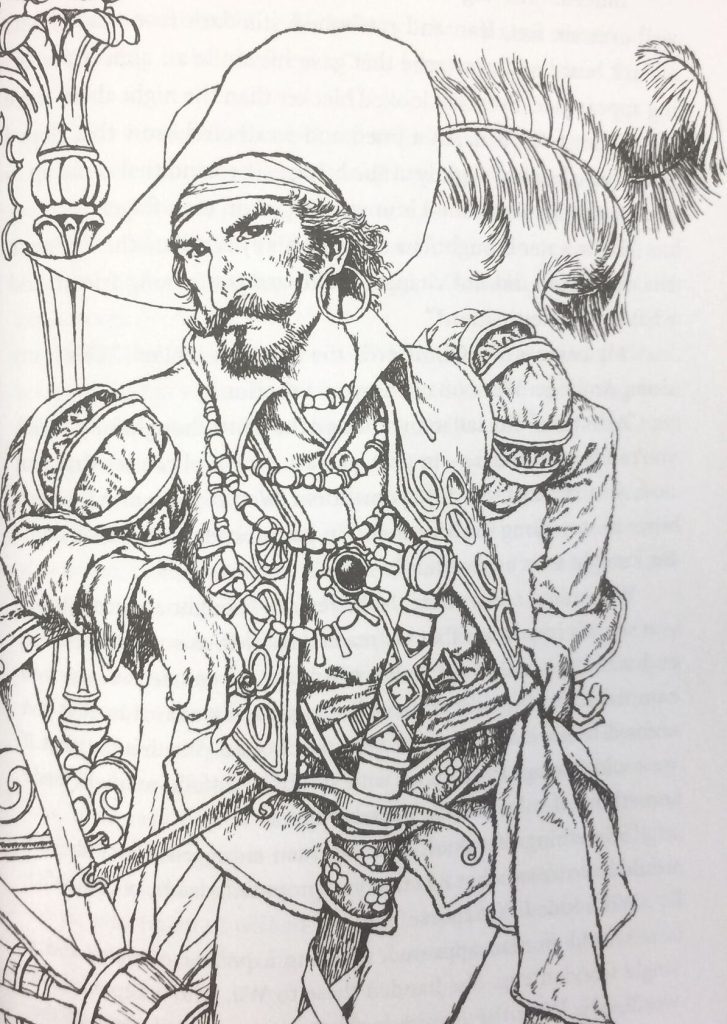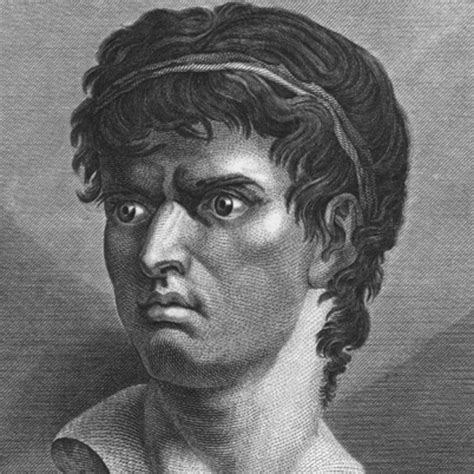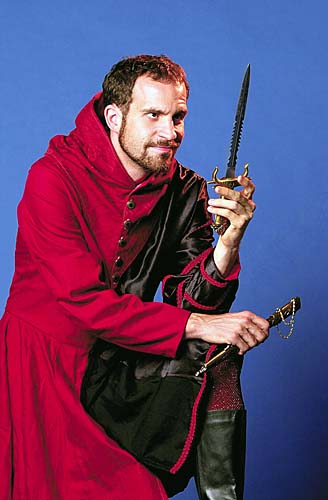The first real “Traitor” character I remember reading as a kid, was Cephelo from “The Elfstones of Shannara.” Smarmy slimeball, completely amoral, ego the size of a small planet…this guy could make used car salesmen uncomfortable. His actions messed up a lot of things in the storyline.
Fortunately for everyone else in the storyline, he paid for the mess he made.

But why was he there in the first place?
As a kid I didn’t understand. Later on, however, it became clearer. Cephelo’s actions as a Turncoat/Traitor moved the plot a certain way. A way it needed to go.
In the world of fiction, he is far from alone.
(In this narrative I’ll use ‘turncoat’ and ‘traitor’ interchangeably.)
Where Did “The Traitor” Come From?
Betrayal is, sadly, a part of human nature. It arose across the vast timescape of our evolution. Every major religion (and most of the smaller ones) references a betrayal at some point in their narratives.
Humanity’s capacity to betray is near-infinite. So is our ability to feel we’ve been betrayed. (That’s an important distinction; we’ll come back to it.)
It’s no surprise that, in the annals of literature and the fiction it has spawned over the millennia, we incorporated the notion of betrayal into our stories.
HISTORY
Look as far back as you like. You’ll find Traitors along the way.
- Marcus Junius Brutus of Ancient Rome – Betrayed Julius Caesar for his beliefs.
- Benedict Arnold – Betrayed the fledging USA to the British for money & revenge.
- Robert Hanssen – Betrayed the US government to the Soviets for money.
- Vidkun Quisling – Betrayed the Norwegian people to the Nazis for power.
Now, that’s not to say Traitors get what they want. They’re trying to get whatever they want, resorting to betrayal of someone who trusts them…but it usually works out bad in the end.
Brutus committed suicide after ‘his side’ lost the battle his own betrayal started.
Vidkun Quisling barely held a little power in Norway until the end of World War II, after which he was convicted of treason and executed.
And we know the name “Benedict Arnold” today as a derogatory slur for traitors.

APPEARANCES IN FOLKLORE & FICTION
Turncoats show up often in fiction…VERY often. I couldn’t put together a ‘complete’ list here if I tried.
Just a few notable examples:
- Saruman in LOTR
- Iago in Shakespeare’s Othello
- Peter Pettigrew in Harry Potter
- Macbeth in Shakespeare’s Macbeth
- Most of the characters in the Song of Ice and Fire series!
Sometimes we can play, “Spot the Traitor” pretty easily in a story. Other times it’s as hard as spreading cold butter. Either way, they eventually reveal themselves. How? By showing their one true literary power.

The Power in the Turncoat/Traitor’s Hands
The Turncoat/Traitor can, at some point in the story, change the entire direction of events. Their action, their betrayal, pivots the whole story.
Let’s take Shakespeare for example. Many of his plays pivot around the axis of a Turncoat. Macbeth kills the king to take his throne. Iago tricks Othello into destroying his love. Both betrayals set a new course of action in the story, forcing characters to adapt.
In most fiction, Turncoats betray for one (or both) of two reasons:
-Acquisition of wealth or power
-Belief in a different narrative
The first is just slimy, but it’s certainly effective as a motivator. Think about it. Someone plunks down a bag of gold for you to just walk away from a situation? It’s tempting, if nothing else.
The second is much more complex, and speaks to the Traitor’s true power in fiction. A Traitor, when in a storyline, represents another point of view. A different way to solve a problem, another path to take.
Are they right in their point of view? It’s possible. Just because a character is a Traitor doesn’t mean they’re wrong.
Remember what I said before, about betraying people vs. people feeling betrayed? A Traitor could act in a certain way because they believe it’s a better path to a solution. But another character could decide that this is a betrayal, and respond from that belief.
In such a case, who is right? What kind of resolution happens in the story? Well, that’s where you can find a lot of creative fun…
How to Think About Turncoats/Traitors Today
Turncoats serve as a useful way to steer a storyline. But! They’ll only work if their presence AND their motivation make sense within the story.
You must have both presence & motivation. A random NPC can turn traitor, but it won’t steer the plot the way it should go, because the NPC won’t impact the other characters enough. It has to be a character with established relationships to other characters.
You may not like the notion of a Turncoat/Traitor. I freely admit I don’t. But neither can I deny that they’re a powerful archetype…and when it comes to moving a plot along, sometimes you just need a little betrayal.
This archetype’s a bit difficult to study without delving into human psychology. But I did find a few sources if you wanted to dive in.
https://susannabarlow.com/2021/08/31/the-companion-betrayer-archetype/
https://www.novel-software.com/character-archetypes/ (See “The Shapeshifter”)
https://theeditorsblog.net/2015/06/15/betrayal-the-ultimate-conflict/